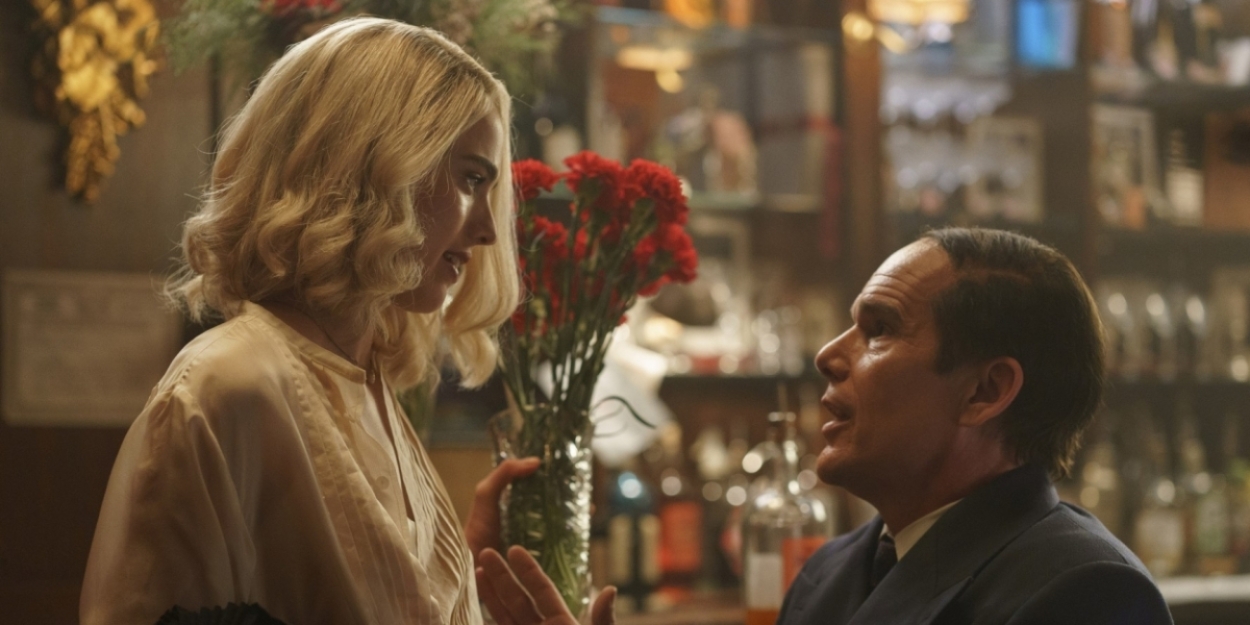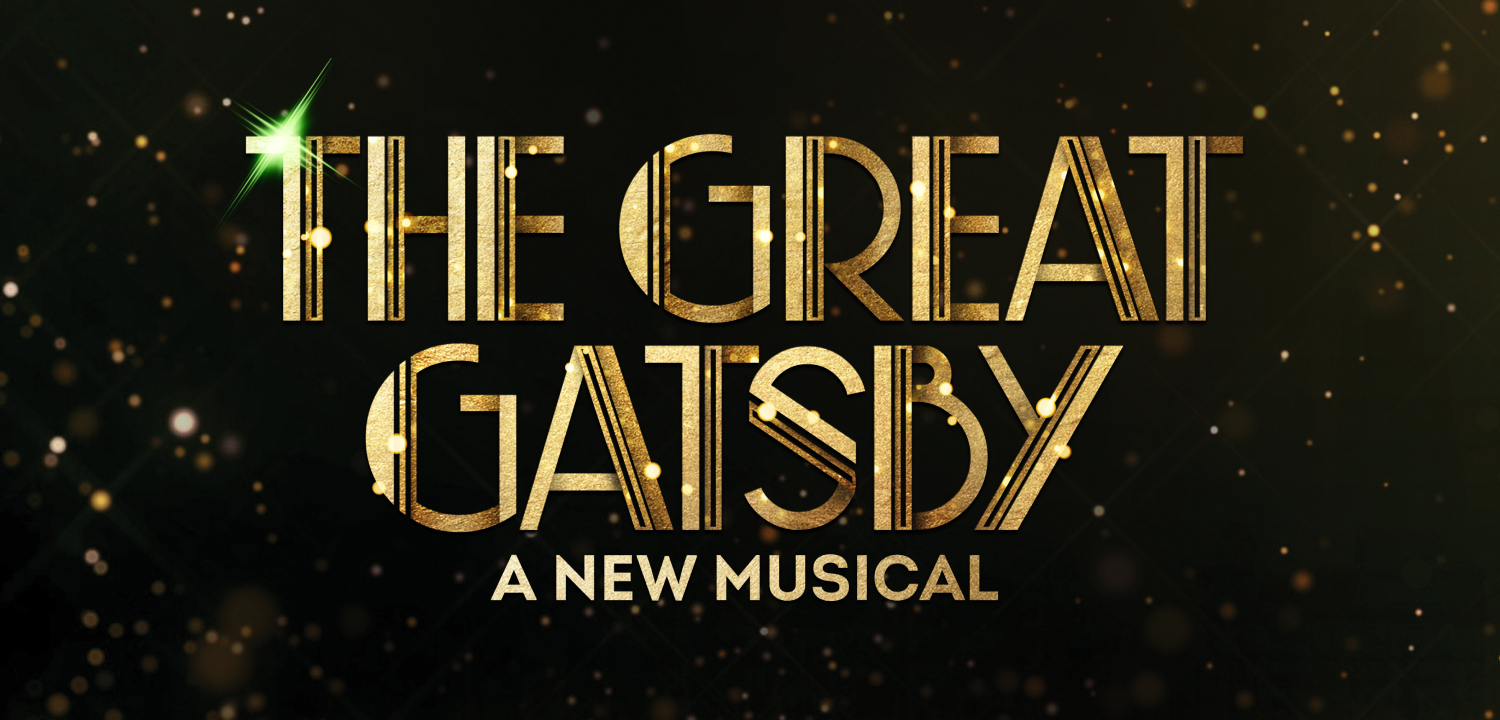Review Roundup: BLUE MOON - What Do Critics Think of the Lorenz Hart Portrait?
The film takes place at Sardi's Restaurant on March 31, 1943- the opening night for Rodgers and Hammerstein's Oklahoma!

Blue Moon, the portrait of Broadway lyricist Lorenz Hart from Richard Linklater, has just made its world premiere at the Berlin Film Festival. Following its first screenings, reviews have started to come in for the film, which is expected to hit theaters sometime this year. Find out what critics think of the new movie below!
Blue Moon features a starry cast including Ethan Hawke as Hart and Andrew Scott as Richard Rodgers, along with Margaret Qualley and Bobby Cannavale. The film takes place at Sardi's Restaurant on March 31, 1943- the opening night for Rodgers and Hammerstein's Oklahoma! The story sees Hart confronting his shattered self-confidence as his former collaborator, Richard Rodgers, begins a successful new collaboration with Hammerstein.
Rodgers and Hart helmed such musicals as Babes in Arms and Pal Joey, in addition to the 1934 hit ballad "Blue Moon" from which the film gets its title. Rodgers and Hammerstein went on to create several hits themselves, with South Pacific, The King and I, and The Sound of Music among them.
Peter Debruge, Variety: "Here, we find ourselves at the other end of a creative career, watching a brilliant but ultimately pathetic man try to pitch his former partner on a new collaboration, even as Rodgers reveals why they went their separate ways. His own harshest critic, Hart intuitively recognizes the strengths and shortcomings in everyone else’s work, from Gershwin to “Oklahoma!” Beware any show that sneaks an exclamation point into its title, he warns, chiding Rodgers for “pandering” to audiences with sentimental romance. He aspires to more emotionally complicated work, which “Blue Moon” certainly is — the movie at least, the song not so much."
Stephanie Bunbury, Deadline: "There is a tug of nostalgia as the Oklahoma! party gathers around the single phone to hear the critics’ reviews, read out from the late editions as they roll off the presses. Sardi’s, so synonymous with that time on Broadway, is bathed in a golden glow, the piano trilling through its empty space. Linklater treats that space as a stage, moving around it as Hart moves. A single evocative shot of a wistful Hart seen through a gap in the gauze curtain, framed by a half-closed door, is poignant because unexpected."
Marshall Shaffer, Slant Magazine: "Blue Moon proves the immortal genius of Rodgers by embodying both the Hart and Hammerstein models of artistic engagement within the film. The script isn’t above a little fan service with a Midnight in Paris-style parade of cameos from E.B. White, George Roy Hill, and an adolescent Stephen Sondheim. That quippy wit most frequently spouted by Hart ultimately gives way to deep sadness, especially as he comes to grips with another flailing relationship—this one of a personal nature with college student Elizabeth Weiland (Margaret Qualley)."
David Opie, IndieWire: "[Hawke's] energy thrums like a choir line vibrato, like “the sexiest thing in the world,” especially in the first third when we’re still getting to know Hart before Rodgers arrives. It’s in these scenes where “Blue Moon” works best — practically “levitating,” to borrow the word Hart uses to describe the hallmark of great art, which pulls you off the ground in ways that approach divinity. Linklater almost manages that here in the film’s best moments, even if “Blue Moon” does wane a tad in the middle."
David Rooney, The Hollywood Reporter: "Blue Moon is a deceptively modest project, but it’s beautifully executed and fascinatingly nuanced despite being quite straightforward in terms of plot. The movie has a lot to say about the give and take of creative collaboration; the fickle embrace of the then-quite-insular New York theatrical community; the somewhat safe space of that environment for gay men, even if it was seldom spoken of openly; and the fact that even that degree of tacit acceptance does little to alleviate the solitude of the closet."
Geoffrey Macnab, Independent: "Linklater skilfully evokes the Broadway milieu of the 1940s in all its brittle wit and elegance. The film has plenty of clever dialogue, too, with sharp jokes about everything from Frank Sinatra to Stuart Little. The problem, though, is that the longer we spend in the bar with Hart, the more claustrophobic and dispiriting the storytelling becomes."
Ben Croll, TheWrap: "And without ever leaving the bar, Linklater dramatizes that shift in real-time, staging the action with unobtrusive visuals rife with mid-shots and long takes. Running a brisk 100 minutes, “Blue Moon” is an unreservedly stagey affair – matching form with content to follow an unhappy man for whom all the world’s a stage right before his curtains fall."
Reader Reviews

Videos


